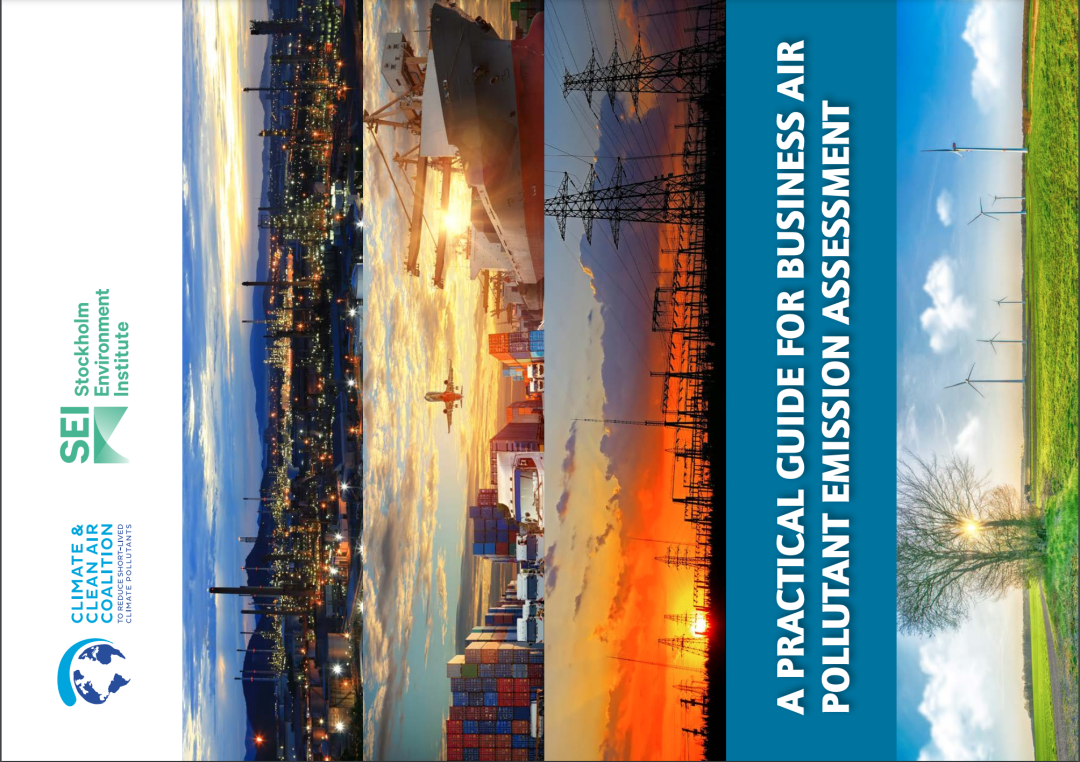Disclaimer:
Please be aware that the content herein is comprised of personal reflections, observations, and insights from our contributors. It is not necessarily exhaustive or authoritative, but rather reflects individual perspectives. While we aim for accuracy, we cannot guarantee the completeness or up-to-date nature of the content.
Images
Type of the Solution
Monitoring and evaluation
Affected Sector
Industry
Description of the solution
The Air Pollutant Emission Assessment guide enables businesses to create a global overview of their air pollution emissions along the value chain as a way to spur actions to reduce emissions. Enabling a baseline analysis of a company's global air pollution emissions is a crucial first step to setting the stage for mitigating action. It can also make it possible to undertake health or other impact assessment analyses. By using the guidance, IKEA has set a baseline. This will enable IKEA to study the impact of existing mitigation strategies and ways to increase ambition through air pollution-specific mitigation measures. The guidance makes it possible to set a baseline for air emissions, and the result will be presented in the annual IKEA sustainability report.
Socio-economic effects
measure air pollution generated by energy consumption, transport, materials, agriculture, and waste management.
Type of Measure
4. awareness raising and knowladge sharing
Type of sub-measure
5. (none)
Who led the solution
Private sector
Timescale of implementation
Medium-term (2-4 years)
Other Notes
The Business Air Pollutant Emission Assessment guidance was developed by IKEA, Stockholm Environment Institute (SEI) and Climate & Clean Air Coalition (CCAC). At a later stage, it is intended to develop methods to estimate the local impacts of air pollution emitted down a company's supply chain.
The guide: https://www.ccacoalition.org/resources/practical-guide-business-air-pollutant-emission-assessment
Links to the solution
 Consent to share form or official link.
Consent to share form or official link.

 3Good health and well-being
3Good health and well-being 12Responsible consumption and production
12Responsible consumption and production
Comments
Log in to add a comment or reply.